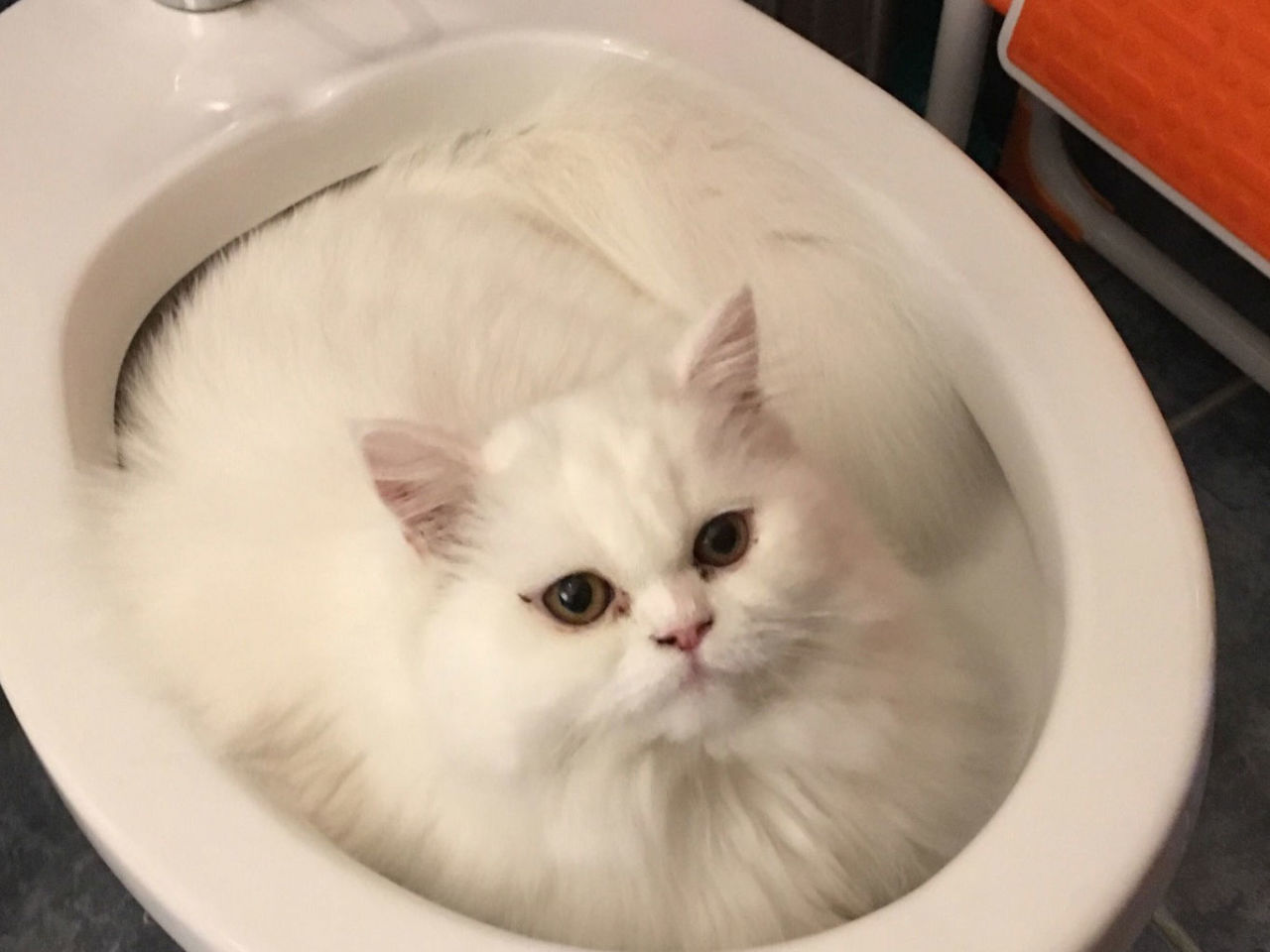What You Ought to Avoid Flushing Animal Waste Down the Toilet
What You Ought to Avoid Flushing Animal Waste Down the Toilet
Blog Article
Have you been looking for critical info about Can You Flush Dog and Cat Poo Down the Toilet??

When it concerns dealing with waste, specifically animal waste, many individuals frequently consider the hassle-free choice of flushing it down the toilet. Nevertheless, this apparently simple service can have major repercussions for the atmosphere and public health. In this post, we'll explore why flushing pet waste down the toilet is a bad idea and give different techniques for correct disposal.
Introduction
Proper garbage disposal is essential for keeping ecological sustainability and public health. While it might seem harmless to flush animal waste down the commode, it can result in various concerns, both for the environment and human well-being.
Threats of flushing pet waste
Ecological influence
Purging animal waste introduces hazardous bacteria and pathogens right into rivers, which can adversely influence aquatic environments. These microorganisms can infect water resources and harm marine life, interrupting fragile environments.
Public health concerns
Animal waste contains harmful bacteria such as E. coli and Salmonella, which can pose major wellness risks to humans. Purging pet waste down the commode can infect water products, resulting in the spread of diseases and infections.
Alternatives to flushing
Instead of purging pet waste down the bathroom, there are several different disposal techniques that are much more environmentally friendly and sanitary.
Composting
Composting animal waste is an environment-friendly method to take care of it. By composting, organic matter is broken down into nutrient-rich dirt, which can be made use of to fertilize gardens and plants.
Land fill disposal
Taking care of animal waste in a land fill is another choice. While not as environmentally friendly as composting, it is a more secure alternative to flushing, as it avoids the contamination of water sources.
Pet dog waste disposal systems
There are specific animal waste disposal systems offered that safely and hygienically throw away pet waste. These systems typically utilize enzymes to break down waste and get rid of smells.
Steps to proper pet garbage disposal
To make certain proper disposal of pet waste, adhere to these steps:
Scooping and landing waste
On a regular basis scoop and bag animal waste making use of naturally degradable bags. This prevents waste from infecting the atmosphere.
Utilizing designated waste containers
Dispose of bagged animal waste in marked waste bins, such as compost bins or landfill containers. Prevent flushing it down the toilet in any way prices.
Cleansing can and pet areas consistently
On a regular basis clean can and pet dog locations to avoid the buildup of waste and microorganisms. Use pet-safe cleaning items to keep health.
Benefits of correct disposal techniques
Adopting appropriate disposal methods for animal waste offers several advantages:
Reduced environmental pollution
Appropriate disposal methods decrease the danger of environmental pollution, shielding waterways and ecosystems from contamination
Reduced risk of water contamination.
By staying clear of flushing animal waste down the toilet, the threat of water contamination is considerably reduced, protecting public health.
Boosted cleanliness and hygiene
Correct disposal methods advertise much better hygiene and hygiene, developing a more secure atmosphere for both people and animals.
Final thought
In conclusion, purging animal waste down the commode is dangerous to the atmosphere and public health. By taking on different disposal techniques and complying with proper waste management practices, we can minimize the negative effect of pet waste and add to a cleaner, much healthier planet.
What To Do With Dog Poo – The Do's And Don'ts Of Disposing Of Faeces
Dog poo bins
Some councils provide dedicated dog waste bins in popular dog-walking areas that can take dog poo that has been bagged but you can legally dispose of dog waste in any public litter bin, as long as it is securely bagged. This also applies to your wheelie bin at home.
Do not flush
Water companies do not recommend flushing dog faeces down the toilet because certain parasites can survive the water processing treatment and are potentially harmful to humans. You should also never consider flushing dog poo that has been bagged down the toilet as the bags will not break down and instead create severe blockages in the sewage system.
In the woods
The Forestry Commission promotes a ‘stick and flick’ method for dealing with waste in the woods. This means finding a stick and using it to flick any poo from off the path so that it is out of the way of other walkers. You could also bury it as long as it is not in an area where there might be livestock.
Livestock
Parasites found in dog poo can be transmitted to livestock if they inadvertently eat infected faeces that has been left on grazing land. This could result in the death of sheep or abortion in cattle so you should always make sure you pick up your dog’s waste in fields where livestock could be present.

On a regular basis clean can and pet dog locations to avoid the buildup of waste and microorganisms. Use pet-safe cleaning items to keep health.
Benefits of correct disposal techniques
Adopting appropriate disposal methods for animal waste offers several advantages:
Reduced environmental pollution
Appropriate disposal methods decrease the danger of environmental pollution, shielding waterways and ecosystems from contamination
Reduced risk of water contamination.
By staying clear of flushing animal waste down the toilet, the threat of water contamination is considerably reduced, protecting public health.
Boosted cleanliness and hygiene
Correct disposal methods advertise much better hygiene and hygiene, developing a more secure atmosphere for both people and animals.
Final thought
In conclusion, purging animal waste down the commode is dangerous to the atmosphere and public health. By taking on different disposal techniques and complying with proper waste management practices, we can minimize the negative effect of pet waste and add to a cleaner, much healthier planet.
What To Do With Dog Poo – The Do's And Don'ts Of Disposing Of Faeces
Dog poo bins
Some councils provide dedicated dog waste bins in popular dog-walking areas that can take dog poo that has been bagged but you can legally dispose of dog waste in any public litter bin, as long as it is securely bagged. This also applies to your wheelie bin at home.
Do not flush
Water companies do not recommend flushing dog faeces down the toilet because certain parasites can survive the water processing treatment and are potentially harmful to humans. You should also never consider flushing dog poo that has been bagged down the toilet as the bags will not break down and instead create severe blockages in the sewage system.
In the woods
The Forestry Commission promotes a ‘stick and flick’ method for dealing with waste in the woods. This means finding a stick and using it to flick any poo from off the path so that it is out of the way of other walkers. You could also bury it as long as it is not in an area where there might be livestock.
Livestock
Parasites found in dog poo can be transmitted to livestock if they inadvertently eat infected faeces that has been left on grazing land. This could result in the death of sheep or abortion in cattle so you should always make sure you pick up your dog’s waste in fields where livestock could be present.

I was shown that editorial on Why you should never flush dog poop down the toilet through an acquaintance on a different domain. If you enjoyed reading our blog entry kindly remember to pass it around. Thank-you for your time spent reading it.
Call Today Report this page